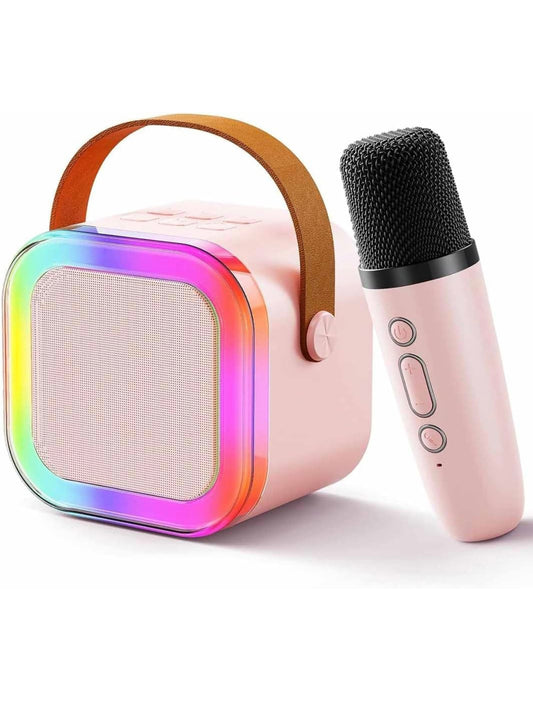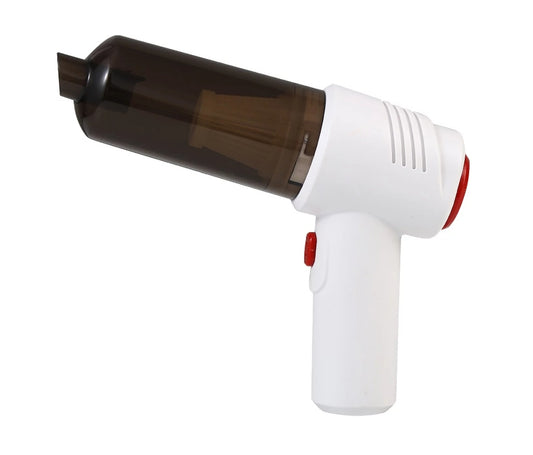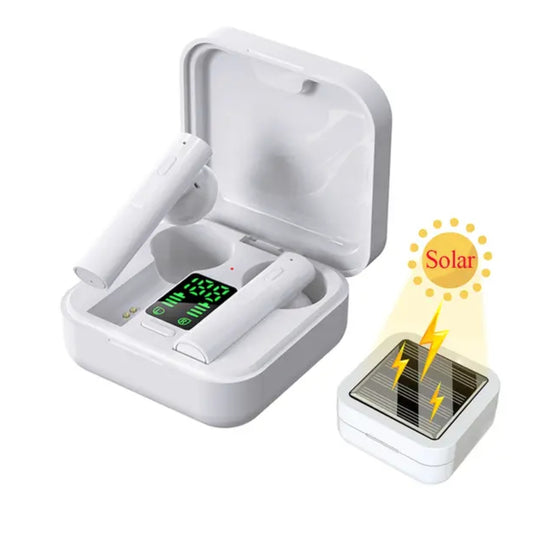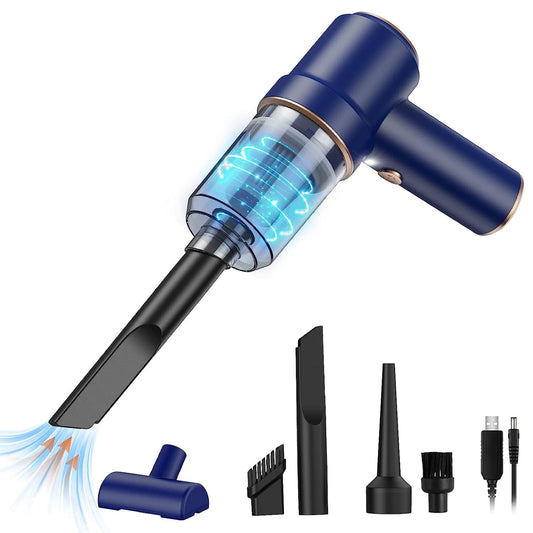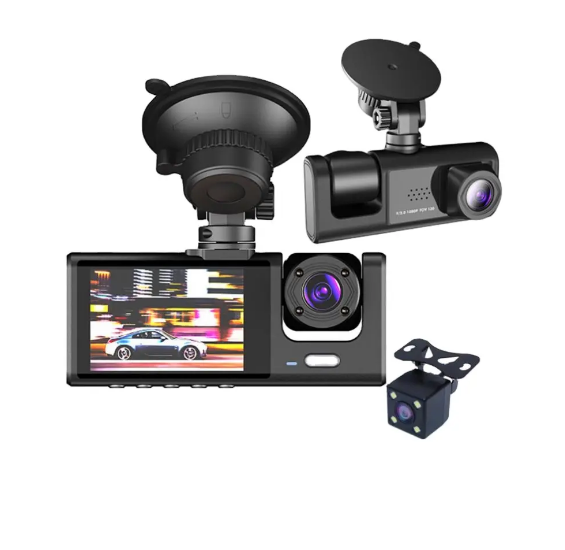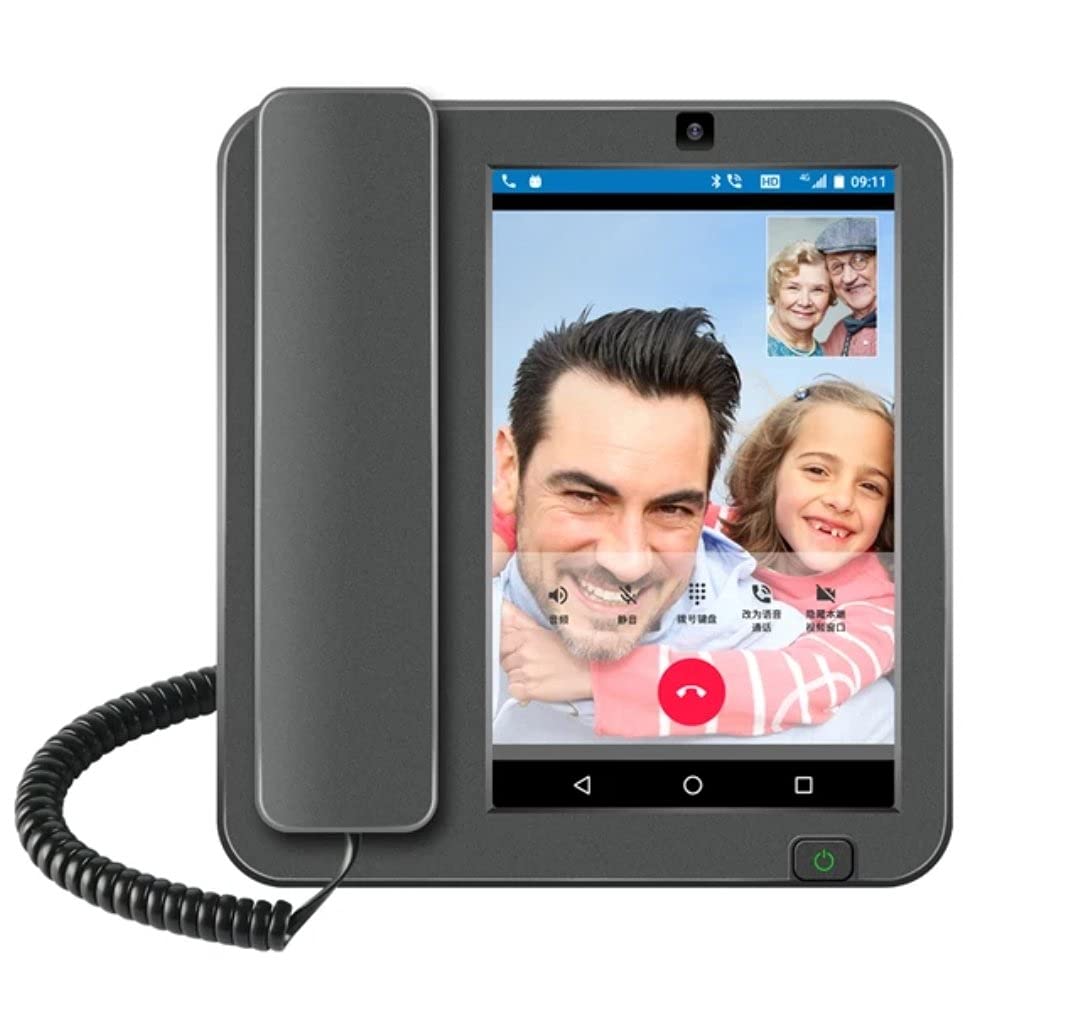Dealing with a dead or weak car battery can be incredibly frustrating, especially when you’re in a hurry. Knowing how to start car when battery is down is a crucial skill every driver should have. The good news is, there are practical solutions to get your car running again, even if the battery is completely dead. In this guide, we’ll walk you through step-by-step methods to revive your vehicle, from simple jumpstarting techniques to using portable jump starters. We’ll also cover preventative measures to help you avoid future battery problems.
Symptoms of a Weak or Dead Battery
Before you figure out how to start car when battery is down, it's important to recognize the signs of a weak or dead battery. Look out for these common symptoms:
Slow Engine Crank: If the engine cranks slowly or hesitates when you turn the key, it’s a sign that your battery might be weak.
Dim Headlights or Malfunctioning Electronics: A weak battery can cause your headlights to dim or other electronics in your car, such as the radio or air conditioning, to malfunction.
Clicking Sound: When you try to start the car and hear a rapid clicking sound, it usually indicates that there’s not enough power to turn the starter motor.
Dashboard Battery Warning Light: If the battery warning light comes on in your dashboard, it’s time to check the battery.
Inability to Start the Engine: Of course, the most obvious symptom is when your car simply won’t start.
Recognizing these signs early can save you time and effort when you need to know how to start car when battery is down.
Precautions Before Attempting to Start the Car
Before attempting any method to start a car with a dead battery, always take safety precautions to prevent harm or further damage to your car. Here’s a list of important steps:
Park in a Safe Location: Move your car to a safe spot away from traffic or hazards before attempting any repair.
Wear Protective Gear: Make sure to wear gloves and goggles for protection against battery acid or sparks that could fly when connecting cables.
Avoid Flammable Materials: Keep flammable items, such as gas cans or cleaning supplies, far away from the battery.
Double-Check the Connections: When jumpstarting a car always ensure that the jumper cables are connected correctly. Incorrect connections can cause sparks or damage to your car’s electrical system.
Taking these precautions will ensure a safe and smooth process when you're trying to start a car when the battery is down.
Methods to Start a Car with a Dead Battery
Now that you’re ready to address your car's dead battery, here are three effective methods you can use to get the engine running again:
Method 1: Jumpstarting with Jumper Cables
Jumpstarting is one of the easiest and most common ways to get your car going when the battery is weak. Here’s how to jumpstart a car:
Position the Donor Vehicle Close: Park the working vehicle close enough for the jumper cables to reach both batteries.
Connect the Jumper Cables:
Attach the positive (+) cable to the positive terminal of the dead battery.
Attach the other end of the positive (+) cable to the positive terminal of the working battery.
Attach the negative (-) cable to the negative terminal of the working battery.
Finally, connect the other end of the negative (-) cable to an unpainted metal surface on the dead vehicle.
Start the Donor Vehicle: Start the working vehicle and let it run for a few minutes.
Start the Dead Vehicle: Attempt to start the vehicle with the dead battery.
Disconnect the Cables: Once the dead car starts, carefully disconnect the cables in reverse order.
This method works well for starting a car with a dead battery, but make sure you follow the steps carefully to avoid accidents.
Method 2: Using a Portable Jump Starter
If you don’t have another vehicle around to jumpstart your car, a portable jump starter is a convenient option. Here's how to use a portable jump starter to start a car when the battery is down:
Check the Jump Starter’s Charge: Ensure that the jump starter is fully charged before use.
Connect the Cables: Attach the positive (+) cable to the positive terminal of the dead battery and the negative (-) cable to a metal surface on the car.
Turn on the Jump Starter: Power on the portable jump starter and wait a few seconds to let the battery charge up.
Start the Car: Try starting the car.
Disconnect the Cables: After the car starts disconnect the cables in reverse order.
Portable jump starters, like the iGADG A22 Portable Car Battery Jump Starter, are small, safe, and efficient tools that can help you start a car with a weak battery in no time.
Method 3: Push-Starting for Manual Transmission Cars
For manual transmission vehicles, push-starting is another technique that can help you get the car moving if your battery is dead. Here’s how to do it:
Put the Car in Second Gear: This allows the car to gain more momentum.
Turn on the Ignition: Make sure the ignition is on before you start pushing the car.
Push the Car: Get a few people to push the car to a speed of around 5-10 mph.
Release the Clutch: Once the car is moving fast enough, release the clutch to start the engine.
This method works for manual transmission cars and is a great way to get the car running when there’s no battery power available.
Preventative Measures to Avoid Battery Problems
Once you’ve learned how to start car when battery is down, it’s important to implement measures to keep your car’s battery in optimal condition. Here are some tips:
Regular Battery Inspections: Schedule regular checks to make sure your battery is in good shape.
Clean Battery Terminals: Keep the terminals free from corrosion to ensure a good connection.
Avoid Excessive Accessory Use: Don’t leave your car’s accessories running while the engine is off.
Use a Battery Maintainer: If you won’t be using your car for a while, consider using a battery maintainer to prevent the battery from dying.
Replace Aging Batteries: If your battery is more than three years old, consider replacing it proactively to avoid unexpected failures.
Common Mistakes to Avoid
When attempting to start a car with a weak battery, there are some common mistakes you should avoid:
Incorrect Cable Connections: Always make sure the jumper cables are attached correctly.
Ignoring Warning Signs: Pay attention to early signs of a weak battery, like dim lights or slow engine cranks.
Push-Starting an Automatic Car: This method is only for manual transmission vehicles. Attempting to push-start an automatic car can damage the transmission.
Advanced Troubleshooting
If the car still refuses to start after you’ve tried the above methods, it might be a sign of a deeper issue, such as a malfunctioning alternator or starter motor. In such cases, it’s best to seek professional help.
Why Choose iGADG for Battery Solutions?
When you're struggling with a dead battery, the iGADG A22 Portable Car Battery Jump Starter is a must-have tool. This portable jump starter is compact, easy to use, and perfect for anyone who needs to start a car when the battery is down quickly. Along with jump starters, iGADG offers a wide range of other car essentials, including vacuum cleaners, tire inflators, and more, all designed to keep your car in excellent condition. Their products are highly rated for reliability and efficiency.
Don’t let a dead battery slow you down. Shop the iGADG A22 Portable Car Battery Jump Starter today and stay ready for any situation. Visit iGADG Store now to discover more!
Conclusion
Now that you know the best methods to start a car when the battery is down, including jumpstarting a car, using a portable jump starter, and push-starting a manual car, you’re well-prepared to handle a dead battery. Regular battery maintenance can help you avoid these situations, and using tools like the iGADG A22 Portable Car Battery Jump Starter ensures that you're always prepared. Keep your car’s battery healthy and enjoy a smooth driving experience.
Frequently Asked Questions
Q1. What to do if my car battery is dead?
A1. To revive a dead battery, try jumpstarting the car with jumper cables or use a portable jump starter. If neither method works, consider pushing the car (for manual transmission vehicles) or calling for roadside assistance.
Q2. How to jumpstart a car when the battery is down?
A2. Use jumper cables to connect your car’s dead battery to a working vehicle's battery. Make sure the cables are attached correctly, start the donor vehicle, and then try to start your car.
Q3. What are the signs that my car battery is dead?
A3. Signs include dim headlights, slow engine cranking, a clicking sound when starting the car, or a dashboard warning light.
Q4. Can a portable jump starter be used for any car?
A4. Yes, a portable jump starter is a versatile tool that can work with most vehicles, but it’s important to ensure the jump starter is compatible with your car's battery size.
Q5. Is it safe to push-start an automatic car?
A5. No, push-starting only works with manual transmission cars. Attempting it with an automatic can cause significant damage to the vehicle.
Q6. How long should I leave the jumper cables connected?
A6. Leave the jumper cables connected for at least 5-10 minutes to ensure the dead battery has time to charge enough to start the vehicle.
Q7. Can I jumpstart my car without another vehicle?
A7. Yes, you can use a portable jump starter to revive a dead battery without needing another car.
Q8. How can I prevent my car battery from dying?
A8. Regular battery inspections, keeping terminals clean, and using a battery maintainer when the car isn’t used for long periods can help prevent battery issues.
Related Articles
How to check car battery health | Reasons for car not starting | How to recharge car battery | How to start a car with low battery | Low battery indicator in car | What to do when car battery dies | Car battery not charging

